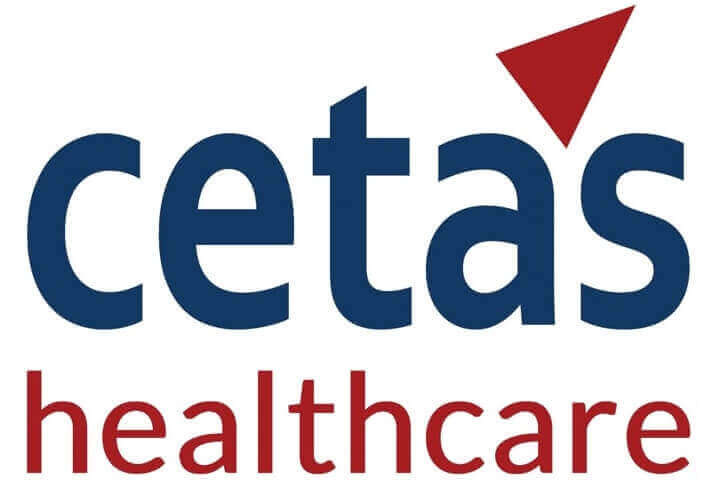X
As the regulatory environment progresses, ensuring the safety, performance, and compliance of In Vitro Diagnostic (IVD) products is of paramount importance. One key aspect of post-market surveillance is conducting Post-Market Performance Follow-up (PMPF) surveys. These surveys provide valuable insights into the real-world performance and user experiences of IVD products. In this comprehensive guide, we will walk you through the process of performing PMPF surveys for IVD products, enabling you to gather actionable data, meet regulatory requirements, and drive continuous product improvement.
Before diving into PMPF surveys, it’s crucial to familiarize yourself with the regulatory requirements specific to IVD products. Stay up-to-date with relevant regulations such as the In Vitro Diagnostic Regulation (IVDR) and any applicable national or regional guidelines. This understanding will help shape your survey strategy and ensure compliance with regulatory obligations.
Clearly define the objectives of your PMPF survey. Identify the specific outcomes you wish to achieve, such as assessing product performance, identifying potential risks, evaluating user satisfaction, or validating claims. This clarity will guide the survey design and enable you to collect targeted data aligned with your goals.
Designing an effective survey methodology is key to obtaining meaningful and reliable data. Consider the following elements:
Define your target population, which may include healthcare professionals, patients, or other relevant stakeholders. Determine the sample size and recruitment strategy to ensure a representative and diverse group.
Develop a well-structured survey questionnaire with a mix of closed-ended and open-ended questions. Ensure clarity, simplicity, and relevance of the questions. Pilot test the survey to validate its effectiveness and make necessary refinements.
Determine the most suitable data collection method, such as online surveys, telephone interviews, or paper-based questionnaires. Choose a platform or tool that facilitates data gathering, management, and analysis while maintaining data privacy and security.
Adhere to ethical guidelines throughout the PMPF survey process. Obtain appropriate approvals and informed consent from participants. Safeguard privacy and anonymity, and handle data securely and confidentially. Compliance with ethical standards reinforces trust and promotes participant engagement.
Roll out your PMPF survey and collect data from participants. Deploy effective communication and outreach strategies to maximize response rates. Leverage multiple channels to reach a wider audience, including healthcare institutions, professional networks, patient advocacy groups, and online platforms.
Once data collection is complete, it’s time to analyze and interpret the findings. Employ statistical tools, data visualization techniques, and qualitative analysis methods to derive meaningful insights. Identify trends, patterns, and outliers that inform product performance, safety, and user experiences.
Based on the analysis, develop actionable recommendations to address any identified issues or areas of improvement. These recommendations may involve product modifications, labeling updates, user training, or additional studies. Ensure that the recommendations align with regulatory requirements and the expectations of stakeholders.
Compile a comprehensive report summarizing the survey methodology, findings, and recommendations. Tailor the report to different audiences, including regulatory authorities, internal stakeholders, and the wider healthcare community. Consider sharing key insights through publications, conferences, or online platforms to contribute to industry knowledge and best practices.
PMPF surveys are an iterative process, providing opportunities for continuous improvement. Incorporate feedback from participants, regulators, and internal teams to refine your survey methodology and enhance the value of future surveys. Regularly monitor product performance and user feedback to identify emerging trends or risks.
Performing Post-Market Performance Follow-up (PMPF) surveys for IVD products is a crucial aspect of post-market surveillance and regulatory compliance. By following a systematic approach, you can gather valuable insights, address safety concerns, and continuously improve your IVD products. As the regulatory landscape evolves, embrace PMPF surveys as a means to ensure patient safety, optimize product performance, and contribute to the advancement of the diagnostic industry.


We provide the best insights for your business
